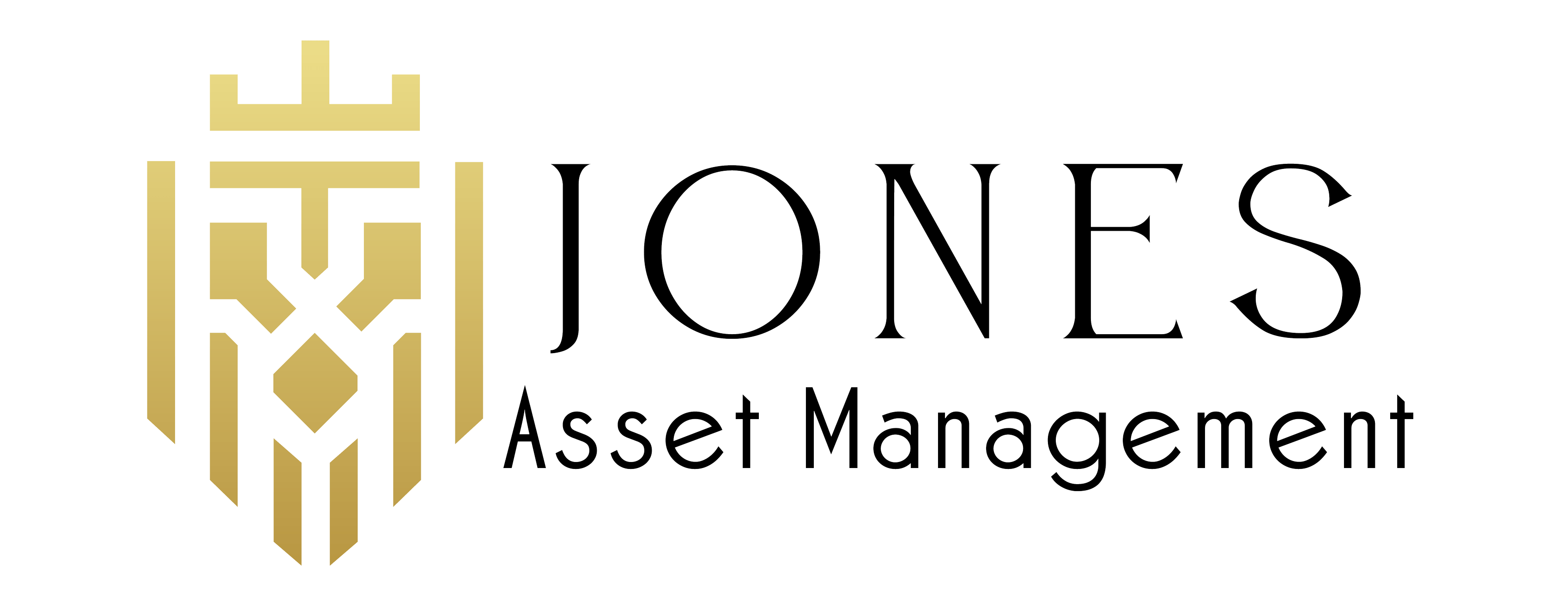What is an Operating Lease?
An operating lease lets a lessee (company) use an asset for a period without owning it. The lease term typically covers only a portion of the underlying asset’s useful life, and the lessor (asset owner) maintains ownership and responsibility for the asset’s upkeep under the lease agreement.
Examples of Lease Assets:
Some of the assets eligible to be included in operating lease are real estate, equipment, vehicles, and furniture. On the contrary, highly specialized equipment, assets with owner ship transfer requirements, collectibles, and other high-risk assets are not eligible.
Characteristics of Operating Lease:
An operating lease, distinct from a capital lease, is made of several defining characteristics such as serving for a short term, specific lease accounting treatments for companies to maintain certain financial ratios, and maintenance and upkeep of the asset.
How Operating Lease Works?
An operating lease allows the lessor to lend an asset for use while retaining ownership rights, usually for a short or specified lease term. This arrangement enables the lessee to use the underlying asset without the burden of ownership or high purchase costs. Assets generally rented under this lease agreement include office equipment, industry-specific machinery, and vehicles.
Operating Lease Accounting:
Operating lease accounting involves a set of calculations to record rental payments as expenses on the income statement, reflecting the periodic cost of using the asset without capitalizing it on the balance sheet, unlike a capital lease.
Advantages of Operating Lease:
Operating lease, compared to a finance lease, has its set of advantages that attract people towards leveraging it, and they include:
No Maintenance Cost:
The lessee need not worry about unexpected repair/maintenance costs, as the lessor pays for maintenance costs during the short-term lease agreement. Businesses can also be offered additional services under the operating lease that the lessee can find beneficial.
Flexibility:
Flexibility is offered in operating leases regarding equipment upgrades and replacement. Companies can upgrade to newer machinery without worrying about the disposal of the present machinery, which is not typically possible under a capital lease.
Off-Balance Sheet Financing:
Operating leases do not appear on the balance sheet as they are not treated as debt, unlike finance leases, giving companies an advantage to maintain a healthy debt-to-equity ratio and improve financial leverage.
Tax Benefits:
Since lease payments are considered operating expenses, they can be deducted from taxable income. It simplifies the accounting process compared to the depreciation involved in asset ownership under a capital lease.
Challenges of Operating Lease:
Operating lease, compared to a finance lease or capital lease, comes with several challenges to navigate through, and some of them include:
No Equity:
The lessee gains no asset ownership or financial stake in the leased asset, as lease payments only cover its use. This limits potential financial benefits from owning the asset in the long term, as would be the case in a capital lease or financial lease.
Market Value at Lease End:
At the lease’s end, the underlying asset’s market value may differ from expectations, creating potential financial uncertainties. This unpredictability can affect decisions regarding asset replacement or future leases, whether operating leases or finance leases.
Longer-Term Leases Might Cost More than Buying:
In some cases, longer-term operating leases can end up being more expensive than purchasing the asset outright. Businesses should carefully evaluate the total cost over time compared to ownership, especially when considering finance leases or capital leases.
FAQs
1. What is an Operating Lease?
An operating lease lets a lessee (company) use an asset for a period without owning it. The lease typically covers only a portion of the underlying asset’s useful life, and the lessor (asset owner) maintains ownership and responsibility for the asset’s upkeep under the lease agreement.
2. What are the Characteristics of an Operating Lease?
An operating lease, distinct from a capital lease, is made of several defining characteristics such as serving for a short term, specific lease accounting treatments for companies to maintain certain financial ratios, and maintenance and upkeep of the asset.
3. What are the Advantages of Operating Lease?
Some of the advantages operating leases offer include no maintenance cost, flexibility, off-balance sheet financing, and tax benefits, as opposed to a finance lease or capital lease.




